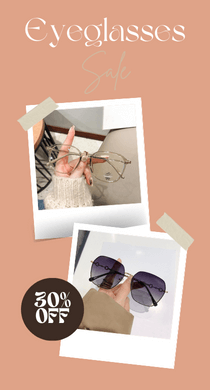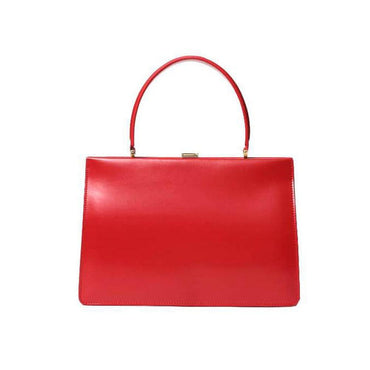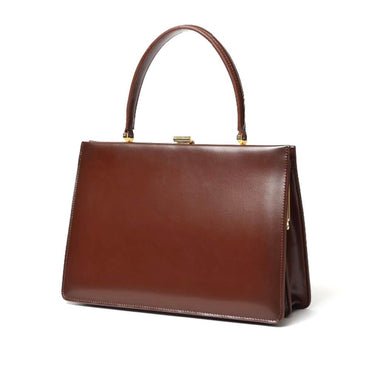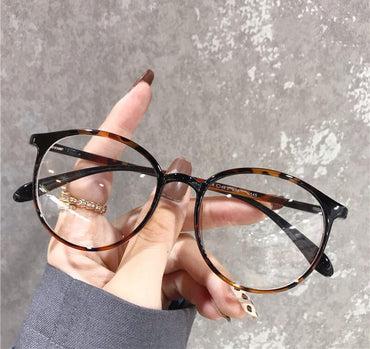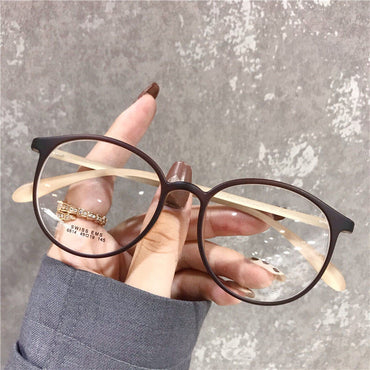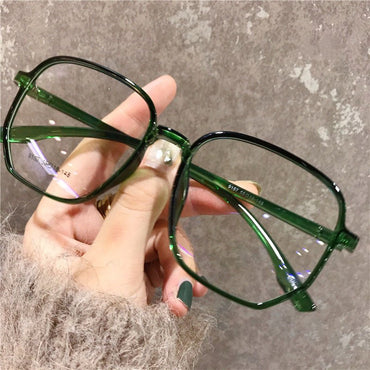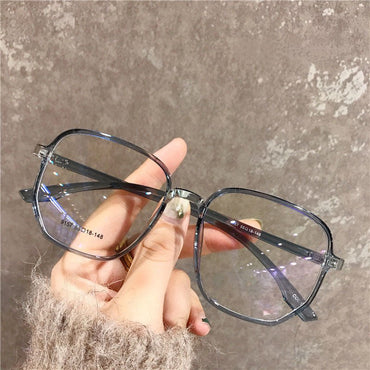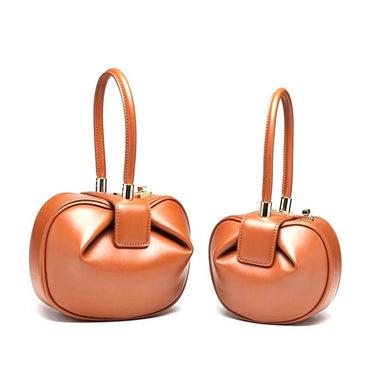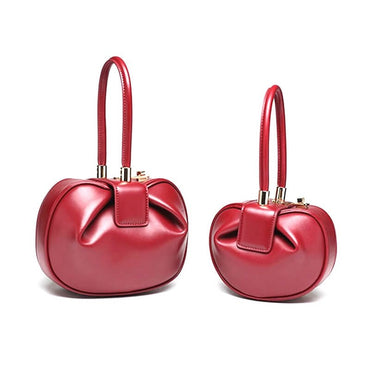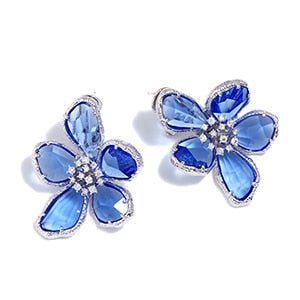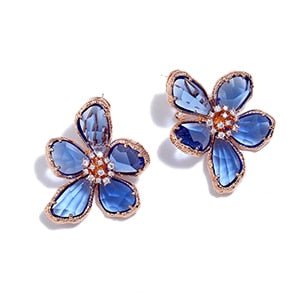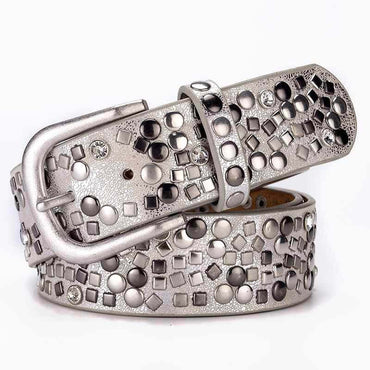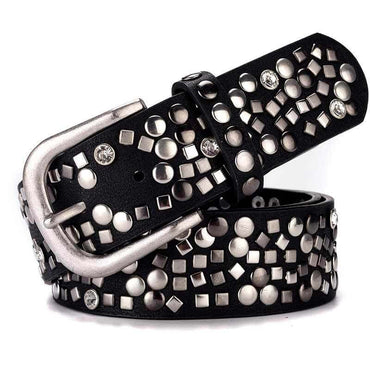Style & Guides Style & Guides
Prescription vs Non-Prescription Glasses: What You Need to Know Prescription vs Non-Prescription Glasses: What You Need to Know

Introduction
Glasses today are more than tools for clear sight — they’re also fashion accessories. But what’s the real difference between prescription glasses and non-prescription glasses? And how do you know which one you actually need? This guide breaks it down in plain language, drawing on trusted recommendations from vision specialists.
What Are Prescription Glasses?
Prescription glasses are made to correct vision problems such as nearsightedness, farsightedness, astigmatism, and presbyopia. Each pair is unique because it takes into account details like the distance between your pupils and the exact lens strength needed for each eye. When glasses are fitted properly, they not only give you clear vision but can also help prevent eye strain, reduce headaches, and make daily life more comfortable. The American Academy of Ophthalmology recommends having an eye exam every one to two years to keep your prescription accurate and to catch early signs of eye disease.
What Makes Prescription Glasses Special?
Think of prescription glasses as custom-made suits for your eyes. They're created specifically for your unique vision needs after a comprehensive eye exam.
Here's what makes them different:
- Custom measurements: Your eye doctor measures exactly how far apart your pupils are and where you look through the lenses
- Individual eye correction: Each lens can have different strengths because your eyes rarely need identical correction
- Specific conditions: They can correct nearsightedness, farsightedness, astigmatism, and age-related vision changes
— Dr. Sarah Johnson, Optometrist at American Academy of Ophthalmology
What Are Non-Prescription Glasses?
Non-prescription glasses, sometimes called "plano" glasses, over-the-counter readers, are not designed to correct specific vision problems. In most cases, their lenses have no correction at all, or they include a standard level of magnification to make reading small text easier. Because they are affordable and easy to find, many people use them as fashion accessories or keep a pair handy for quick tasks like reading a menu or checking documents.
Still, it is important to understand their limits. Unlike prescription glasses, they are not customized to your eyes, and using the wrong magnification for too long can cause eye strain, headaches, or fatigue. Eye health experts caution that these glasses should be seen as short-term helpers or style accessories, not as a substitute for a professional eye exam or tailored prescription eyewear
When Non-Prescription Glasses Work Just Fine
Non-prescription glasses aren't just knockoffs of the "real thing." They serve specific purposes and can be the right choice in certain situations.
Perfect for:
- Reading menus in dimly lit restaurants
- Checking your phone for quick messages
- Making a fashion statement without changing your vision
- Emergency backup when you can't find your prescription glasses
Prescription vs Non-Prescription Glasses
-
Customization: Prescription lenses are crafted specifically for your eyes, taking into account your pupillary distance and individual vision needs. Non-prescription lenses, on the other hand, come in standard sizes and offer less precise vision correction.
- Health Benefits: While prescription glasses help reduce eye strain and improve clarity, non-prescription glasses are mainly for fashion or basic magnification and do not correct vision problems.
-
Special Features: Prescription lenses can include specialized coatings, such as anti-reflective, blue light filtering, or photochromic transitions. Non-prescription lenses typically lack these personalized enhancements.
-
Usage: Prescription glasses are suitable for all-day wear, whereas non-prescription glasses are generally intended for occasional use or style purposes.
Quick Comparison
| Feature | Prescription Glasses | Non-Prescription Glasses |
|---|---|---|
| Main Purpose | Correct vision problems | Style or light reading |
| Customization | Tailored to your eyes | Standard lenses, no custom fit |
| Initial Cost | $100-500+ (Higher, but long-term value) | $10-100 (Lower, often replaced often) |
| Lifespan | 2-3 years (or until prescription changes) | 6 months-2 years |
| Eye Health | Linked with professional exams | No medical benefits |
| Eye Exam Required | Yes ($50-200) | No |
| Insurance Coverage | Often partially covered | Usually not covered |
The Big Question: Do You Really Need Prescription Glasses?
If you're reading this while squinting at your screen or holding your phone at arm's length, you might already have your answer. But choosing between prescription and non-prescription glasses isn't always black and white.
Whether you're dealing with blurry vision, want to make a fashion statement, or just need help reading fine print, understanding your options can save you money, protect your eye health, and help you look your best.
Signs You Need to Skip the Drugstore Glasses
While reading glasses from the pharmacy might seem convenient, certain symptoms indicate you need professional help:
- Frequent headaches, especially after reading or computer work
- Blurry vision that doesn't improve with rest
- Difficulty seeing at night or in low light
- Eye strain that worsens throughout the day
- Double vision or seeing halos around lights
— Dr. Michael Chen, Ophthalmologist
How to Choose the Right Path for You
Go with prescription glasses if:
- You use reading glasses daily for more than 2 hours
- You experience eye strain, headaches, or fatigue
- Your vision needs are different between your two eyes
- You haven't had an eye exam in over two years
- You want the most comfortable, precise vision correction
Non-prescription glasses work when:
- You only need help with very small print occasionally
- You want to experiment with eyewear as a fashion accessory
- You need a temporary solution while waiting for prescription glasses
- You're looking for computer glasses with blue light filtering
Advanced Lens Options
If you need different vision correction at varying distances, progressive lenses offer a smooth, no-fuss transition between far, intermediate, and near vision—all within one stylish frame. This eliminates the need for multiple pairs of glasses. Specialty coatings, such as anti-reflective, blue light, or photochromic lenses, are usually only available with prescription lenses and can protect your eyes while enhancing comfort.
Bottom Line
Non-prescription glasses serve their purpose for fashion and occasional use, but they are not a substitute for professionally prescribed lenses. Your eyes are an investment — protecting them with the right prescription and regular exams pays dividends in comfort, clarity, and long-term vision health.
Whether you’re debating over-the-counter readers or need a prescription update, consult an eye care professional for personalized advice.
Ready to See Clearly?
Submit your prescription today and let us craft the perfect pair of prescription glasses tailored to your eyes and style.
Schedule Now

Introduction
Glasses today are more than tools for clear sight — they’re also fashion accessories. But what’s the real difference between prescription glasses and non-prescription glasses? And how do you know which one you actually need? This guide breaks it down in plain language, drawing on trusted recommendations from vision specialists.
What Are Prescription Glasses?
Prescription glasses are made to correct vision problems such as nearsightedness, farsightedness, astigmatism, and presbyopia. Each pair is unique because it takes into account details like the distance between your pupils and the exact lens strength needed for each eye. When glasses are fitted properly, they not only give you clear vision but can also help prevent eye strain, reduce headaches, and make daily life more comfortable. The American Academy of Ophthalmology recommends having an eye exam every one to two years to keep your prescription accurate and to catch early signs of eye disease.
What Makes Prescription Glasses Special?
Think of prescription glasses as custom-made suits for your eyes. They're created specifically for your unique vision needs after a comprehensive eye exam.
Here's what makes them different:
- Custom measurements: Your eye doctor measures exactly how far apart your pupils are and where you look through the lenses
- Individual eye correction: Each lens can have different strengths because your eyes rarely need identical correction
- Specific conditions: They can correct nearsightedness, farsightedness, astigmatism, and age-related vision changes
— Dr. Sarah Johnson, Optometrist at American Academy of Ophthalmology
What Are Non-Prescription Glasses?
Non-prescription glasses, sometimes called "plano" glasses, over-the-counter readers, are not designed to correct specific vision problems. In most cases, their lenses have no correction at all, or they include a standard level of magnification to make reading small text easier. Because they are affordable and easy to find, many people use them as fashion accessories or keep a pair handy for quick tasks like reading a menu or checking documents.
Still, it is important to understand their limits. Unlike prescription glasses, they are not customized to your eyes, and using the wrong magnification for too long can cause eye strain, headaches, or fatigue. Eye health experts caution that these glasses should be seen as short-term helpers or style accessories, not as a substitute for a professional eye exam or tailored prescription eyewear
When Non-Prescription Glasses Work Just Fine
Non-prescription glasses aren't just knockoffs of the "real thing." They serve specific purposes and can be the right choice in certain situations.
Perfect for:
- Reading menus in dimly lit restaurants
- Checking your phone for quick messages
- Making a fashion statement without changing your vision
- Emergency backup when you can't find your prescription glasses
Prescription vs Non-Prescription Glasses
-
Customization: Prescription lenses are crafted specifically for your eyes, taking into account your pupillary distance and individual vision needs. Non-prescription lenses, on the other hand, come in standard sizes and offer less precise vision correction.
- Health Benefits: While prescription glasses help reduce eye strain and improve clarity, non-prescription glasses are mainly for fashion or basic magnification and do not correct vision problems.
-
Special Features: Prescription lenses can include specialized coatings, such as anti-reflective, blue light filtering, or photochromic transitions. Non-prescription lenses typically lack these personalized enhancements.
-
Usage: Prescription glasses are suitable for all-day wear, whereas non-prescription glasses are generally intended for occasional use or style purposes.
Quick Comparison
| Feature | Prescription Glasses | Non-Prescription Glasses |
|---|---|---|
| Main Purpose | Correct vision problems | Style or light reading |
| Customization | Tailored to your eyes | Standard lenses, no custom fit |
| Initial Cost | $100-500+ (Higher, but long-term value) | $10-100 (Lower, often replaced often) |
| Lifespan | 2-3 years (or until prescription changes) | 6 months-2 years |
| Eye Health | Linked with professional exams | No medical benefits |
| Eye Exam Required | Yes ($50-200) | No |
| Insurance Coverage | Often partially covered | Usually not covered |
The Big Question: Do You Really Need Prescription Glasses?
If you're reading this while squinting at your screen or holding your phone at arm's length, you might already have your answer. But choosing between prescription and non-prescription glasses isn't always black and white.
Whether you're dealing with blurry vision, want to make a fashion statement, or just need help reading fine print, understanding your options can save you money, protect your eye health, and help you look your best.
Signs You Need to Skip the Drugstore Glasses
While reading glasses from the pharmacy might seem convenient, certain symptoms indicate you need professional help:
- Frequent headaches, especially after reading or computer work
- Blurry vision that doesn't improve with rest
- Difficulty seeing at night or in low light
- Eye strain that worsens throughout the day
- Double vision or seeing halos around lights
— Dr. Michael Chen, Ophthalmologist
How to Choose the Right Path for You
Go with prescription glasses if:
- You use reading glasses daily for more than 2 hours
- You experience eye strain, headaches, or fatigue
- Your vision needs are different between your two eyes
- You haven't had an eye exam in over two years
- You want the most comfortable, precise vision correction
Non-prescription glasses work when:
- You only need help with very small print occasionally
- You want to experiment with eyewear as a fashion accessory
- You need a temporary solution while waiting for prescription glasses
- You're looking for computer glasses with blue light filtering
Advanced Lens Options
If you need different vision correction at varying distances, progressive lenses offer a smooth, no-fuss transition between far, intermediate, and near vision—all within one stylish frame. This eliminates the need for multiple pairs of glasses. Specialty coatings, such as anti-reflective, blue light, or photochromic lenses, are usually only available with prescription lenses and can protect your eyes while enhancing comfort.
Bottom Line
Non-prescription glasses serve their purpose for fashion and occasional use, but they are not a substitute for professionally prescribed lenses. Your eyes are an investment — protecting them with the right prescription and regular exams pays dividends in comfort, clarity, and long-term vision health.
Whether you’re debating over-the-counter readers or need a prescription update, consult an eye care professional for personalized advice.
Ready to See Clearly?
Submit your prescription today and let us craft the perfect pair of prescription glasses tailored to your eyes and style.
Schedule Now







